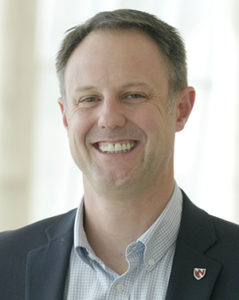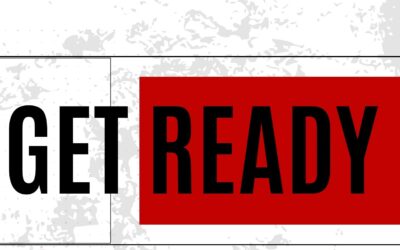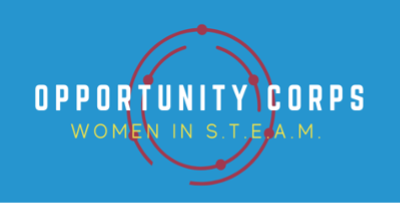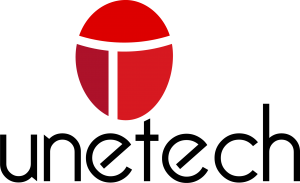So wait a minute, in the original conception of the what is series I was painted as a source of questions to answer not the person who answers questions. So why, you might be asking, am I writing a what is blog about a topic when I’m the one making UNeTech wonder what is in the first place.
The answer, of course, is Dr. Michael Dixon.
I have worked with Michael Dixon since 2005. He has served as my boss since then as well as a friend and a mentor. In addition to being a published molecular biologist, a mentor for Pipeline Entrepreneurs and a leader in the technology transfer community he is also the kind of friend that will insistingly volunteer to help move a couch – no matter how heavy! So, having established his sterling credentials: Dr. Michael Dixon, what is technology transfer?

Michael Dixon, PhD. President and CEO of UNeMed at UNMC
“I think the high-level answer is that it’s the process by which research gets translated and transferred into entities, companies, that make things that help people,” said Dixon, who has run a technology transfer office for over 15 years. He is a well-known leader in the Association of University Technology Managers and part of the Bayh-Dole Coalition. Michael has a long view of the process whereby University inventions become products on the market.
In 1980, the US Congress passed the Bayh-Dole Act which placed ownership of federally funded intellectual property in the hands of the universities or contractors that made the inventions. The feds hypothesized that giving ownership to ‘local’ control of intellectual property to the source of the invention would motivate universities and contractors to develop inventions or otherwise bring new products to market. In that sense, Bayh-Dole has been a success.
What Bayh-Dole didn’t answer is how to pay for that development. According to Dr. Dixon, the federal government will fund early-stage research – the work that answers the questions – and not the work that takes the long road from compelling invention to actual product. The challenge often present for technology transfer is how to find the partners needed to help develop those early-stage inventions. “When I started it was transactional – get this and sell that,” said Dixon. “Now it’s different; many things are too early to transfer to companies so now you can incubate it internally or work with startups.”
That emphasis, on development and startups, has been much of the broader trend in the last 15 years. Dr. Dixon noted that in places with established entrepreneurial ecosystems, Boston or Silicon Valley, technology transfer is very different than it is in the rest of the country. Those more mature ecosystems have also changed faculty’s perception of technology transfer. Dr. Dixon noted more of a push from faculty to see their research turn into something. Younger faculty, especially, see part of their role as researchers to make a product that helps people.
Dr. Dixon welcomes that role. “Our gig is to be this really productive entity that supports everything at the institution – a solid foundation.” The gig goes beyond protecting and licensing inventions. It involves faculty education and collaboration. It involves connecting entrepreneurs to inventors. It involves connecting innovation to a broad network of entrepreneurs, investors and fans that are building the future economy.
So what is technology transfer? For me, it is this amazing, eye-opening, boundary-challenging ride. It was one that I am privileged to take with Michael Dixon. For him, however, it is a chance to support the astonishing work at the University of Nebraska Medical Center, the University of Nebraska Omaha, and the broader community of university inventors. To connect their amazing ideas with the resources needed to develop their inventions into vital new products – for the benefit of the world.




